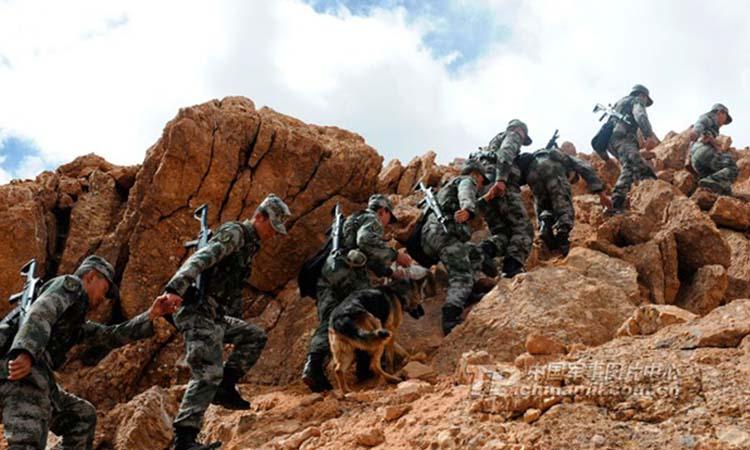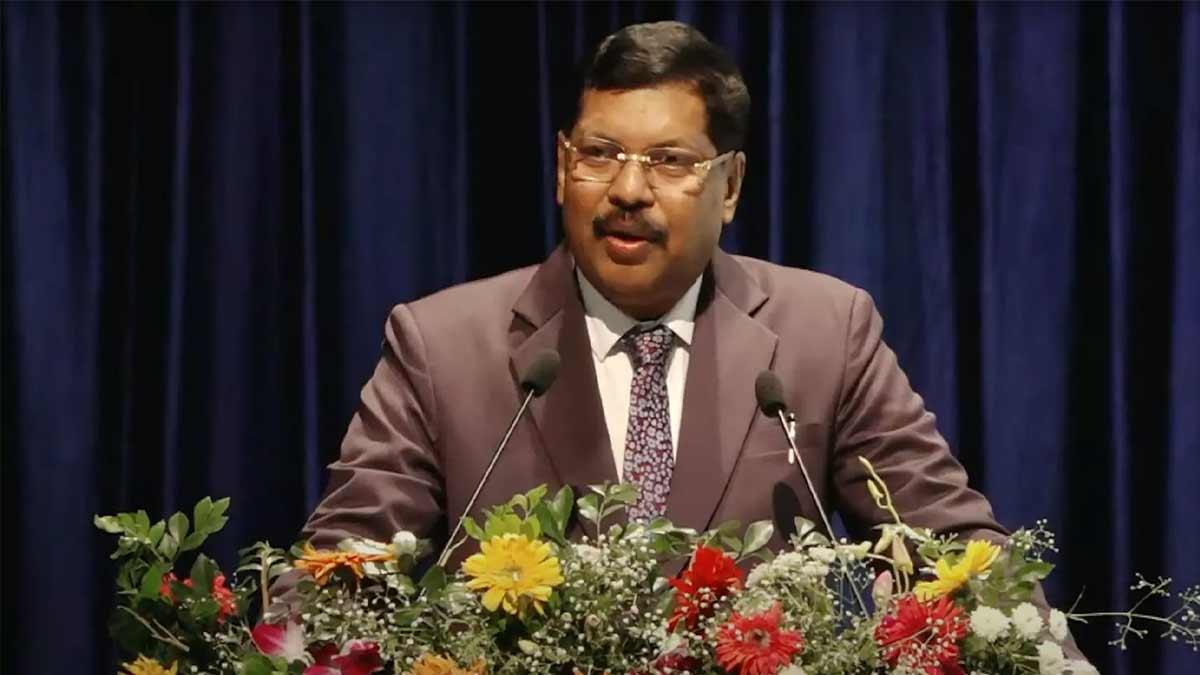China is building more troop shelters along the Line of Actual Control (LAC) opposite Eastern Ladakh where the initial standoff between the People’s Liberation Army (PLA) and the Indian Army began 17 months ago, Times of India reported.
According to the latest surveillance and intelligence reports, China’s development is coming as a part of its ongoing overall consolidation of military positions and upgrade of airbases facing India. The reports show that the PLA has constructed a new modular container-based for its soldiers.
The expansions have been laid out in at least 8 forward locations along the Line of Actual Control (LAC) opposite eastern Ladakh, the Times of India reported quoting its sources.
Also Read | Pakistan violates LoC ceasefire in Tithwal, India retaliates
The areas covered by these shelters are Wahab Zilga near the Karakoram Pass in the north to Piue, Hot Springs, Chang La, Tashigong, Manza and Churup. According to a TOI source, each of these locations has at least 80 to 84 containers arranged in seven clusters.
“We may be feeling the heat of combat deployments at Ladakh, but we have also forced the PLA to go in for prolonged forward deployments and extensive constructions,” said a senior officer.
These expansions and the addition of fresh shelters are clearly a suggestion of China’s intentions in the Eastern Ladakh area. It has no aim to de-induct troops from the frontlines for the foreseeable future. Apart from these troops shelters, China has also developed several new airstrips along the 3,488 km LAC, stretching from Ladakh all the way to Arunachal Pradesh.
Also Read | India calls upon the democratic world to come to grips with 'radicalisation'
“Apart from costing money, it has affected the morale of the PLA troops. While our troops are used to operating in the harsh mountainous terrain, Chinese soldiers are not,” he added.
The Galwan Valley standoff started in May 2020 when the Chinese PLA reportedly started congregating around the LAC in eastern Ladakh. As the heat on the ground between two sides increased and official talks yielded nothing, on 15 June, at patrolling point 14, Indian and Chinese troops clashed for six hours in a steep section of a mountainous region in the Galwan Valley. The fighting resulted in the deaths of 20 Indian soldiers and 5 Chinese soldiers.
The escalation was later contained in February 2021, following series of high-level talks held at the diplomatic level. Both sides agreed to a ceasefire and withdrawal of troops and weapons from the north and south banks of the Pangong lake. Currently, both sides have around 50,000 to 60,000 troops along the Line of Actual Control (LAC) in the sensitive sector.


















